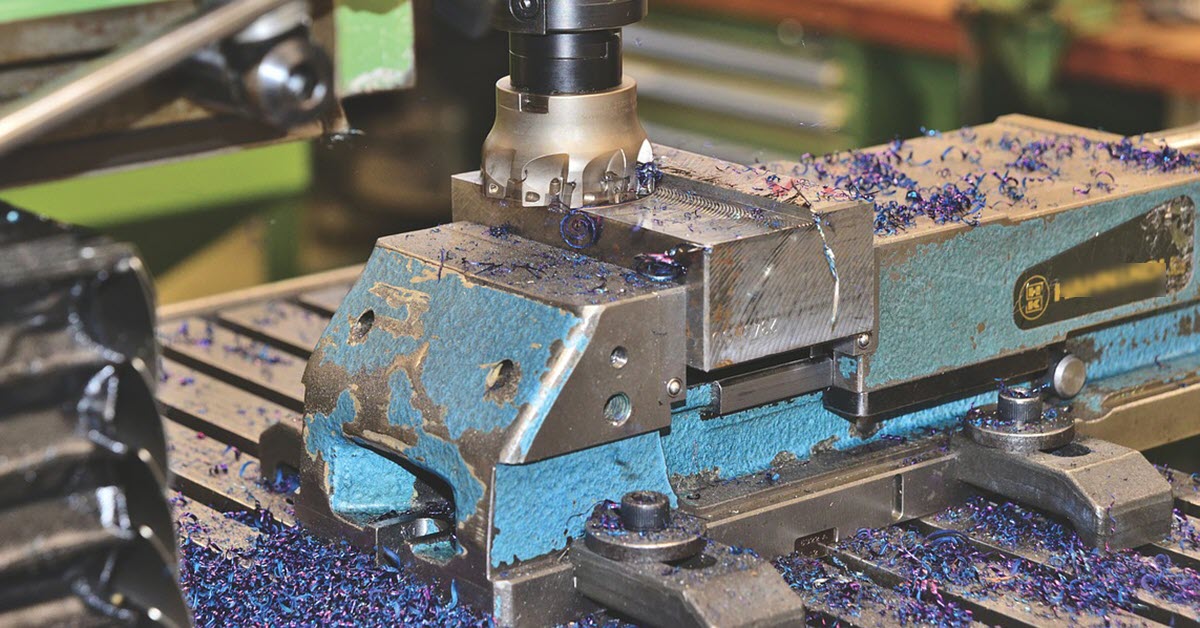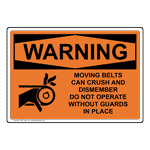
Why You Should Never Operate a Machine Without a Safety Guard

Taking shortcuts when operating machinery could be a deadly decision
Every year serious injuries related to machine operators are in the news. Some examples: Machine guarding wasn’t provided to protect one operator and his fingers were lacerated. In another incident, a utility worker died after being pinned in a belt conveyor at a paper company.
Machine guards are critical in all industries. But especially for pulp and paper – one of the world’s oldest and largest industries. According to OSHA and the U.S. Environmental Protection Agency (EPA), paper mills produce 9 million tons of pulp annually and 26 billion newspapers, books, and magazines. This industry is also hazardous due to massive weights and falling, rolling, and/or sliding pulpwood loads.
OSHA machine guarding requirements
OSHA created specific standards to protect all workers from crushed hands and arms, severed fingers and limbs, serious lacerations, abrasions, and amputations.
To shield operators from serious pain-related-injuries, OSHA created machine guarding general requirements. Machine guarding protects operators and other employees from the dangers of nip points, rotating parts, flying chips and sparks.
Additionally, per OSHA 1910.212(a)(1), “One or more methods of machine guarding shall be provided to protect the operator and other employees in the machine area from hazards such as those created by point of operation, ingoing nip points, rotating parts, flying chips, and sparks.”
Examples of guarding methods include barrier guards, two-hand tripping devices, and electronic safety devices. In addition, eye and face protection (PPE) is required to protect workers from exposure to flying particles.
Machine Guard Safety Signs
 |  |  |  |
The most common machines that require safeguards
All machines that expose an employee to potential injury – such as blades – must be guarded, per OSHA standards. This includes special hand tools for placing and removing material from point-of-operation areas that could result in a danger zone. Revolving drums, barrels, and containers must be guarded by an enclosure that is interlocked with the drive mechanism, so the guard is enclosed in place.
Here is a list of machines that require machine guards:
- Guillotine cutters
- Shears
- Alligator shears
- Power presses
- Milling machines
- Power saws
- Jointers
- Forming rolls and calendars
- Portable power tools
Employees must be trained on using machine guards
When guards are placed on machinery, operators must be instructed on how and when guards can be removed and by whom. If an employee is using a guard incorrectly, they could become injured or create a new hazard. A popular term used to judge how well the guard covers the exposed machinery is, “in, over, under, or around.” If a worker can hands or fingers through the cover or reach around it, the guard is not effective, or is being used incorrectly.
When companies fail to review their machines and provide safety procedures – such as machine guards – they put workers at risk. Employers are responsible for placing guards on machinery to protect others from hazards. Workers should never cut corners and remove or work around machine guarding.
And always follow proper lockout / tagout procedures when installing, adjusting or maintaining guards.

